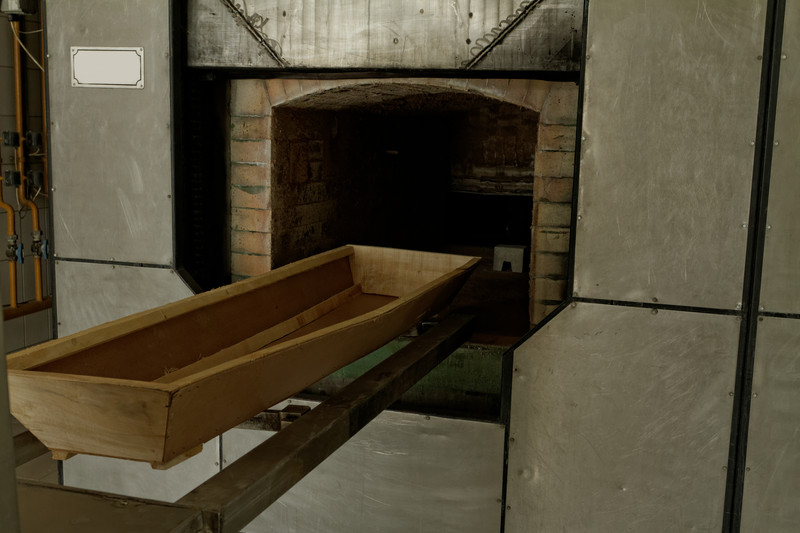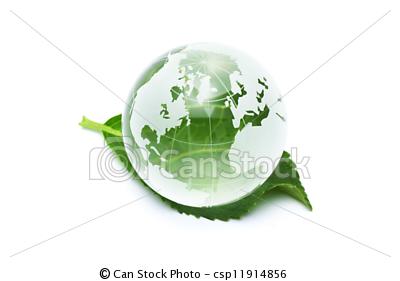Cremation Process
What is Cremation?
Cremation is the incineration of a deceased human into ash, or more technically, cremains. The deceased is placed in a sealed pouch inside a cardboard box. An urn may be purchased by the family and loved ones of the deceased, or the ashes are placed in a solid container at the crematorium. There are many types and styles of urns that may be purchased from a local funeral home, cemetery, or online retailer. The ashes are often stored on a mantel, scattered, buried, or placed in a vault.
What Are Cremains?
Cremains of humans and animals consist of the actual residual bone fragments after the initial cremation. The desired final cremains result is for the remains to be less course. Therefore, when the cremains are taken from the cremation chamber, any larger bone fragments left from the heat cremation are run through a cremulator, which pulverizes the cremains fragments). The final consistency of the cremains is similar to very fine gravel, rather than the more popularized image of ashes.
Educate yourself to make the right decision for your family
The more you know and understand about your options and about the cremation process compared to a traditional burial, the easier it will be to make the right decision. Although often a difficult topic, it is helpful to talk about it with family and to research the options you have with local crematoriums and funeral parlors. Educate yourself about the costs associated with both traditional burial and cremation as well as other aspects of planning a memorial service. The more learn now, the more prepared you will be at this difficult time.
Although the modern cremation process is far less personal than many years ago, it has become very efficient. Technology has enabled the procedure to be reduced to about two hours, depending upon the facility and equipment used. The crematorium may be incorporated as part of the funeral home or maybe an independent facility. Embalming is not required unless a public viewing is planned prior to cremation and/or it is a legal requirement (certain circumstances only).
The Chamber
The chamber also called the retort, is designed and made to withstand the necessary extremely high temperatures. Made out of masonry brick, the walls and ceilings of this chamber are fire-resistant and heat-retaining. The door of the chamber is approximately 6 inches thick. The burners are typically fueled by natural gas or propane to generate temperatures up to 2000 degrees Fahrenheit.

The cremation process
The process of human cremation should take between one and two hours, depending upon the facility and technology used. After one to two hours of the cremation, it takes about an hour for the chamber to cool. The remains, which now consist of dried bone fragments, are taken from the chamber and the operator passes a magnet over them to remove any bits of metal, such as jewelry or surgical devices. The bone fragments are run through a processor, which pulverizes them into the cremains, or more commonly, the ashes. The ashes are placed in the urn supplied by the family or if no urn is supplied, a sturdy container is provided by the crematorium and given back to the family. Urns vary widely in style and can be made from a variety of materials, such as wood, ceramic, bronze, stone, and other materials. Depending upon the wishes of the deceased and family, the ashes may be kept by a family member, buried, or scattered somewhere meaningful.
Environmental Impact of cremation
The cremation process involves reducing a deceased human body to its basic elements, fragments of dry bone and gas. The process is done through burning, supporting oxidation, and vaporization of the body at very high temperatures, resulting in cremains. The cremation process is part of the funeral rite, replacing the burial of the body within a casket in the ground. The cremains can be buried in cemeteries or memorial sites can be kept by family members or relatives in special urns or can be dispersed by the relatives in a variety of meaningful ways.
The cremation process is typically completed in a crematorium. However, in some countries, such as Nepal and India, cremation is by burning the body in the open air.
The cremation process can be preferable when the environmental impact is compared with that of a normal traditional burial. Most modern burials are not eco-friendly, primarily due to the coffins/caskets typically used, which are not biodegradable. Of course, there are natural burial options that are "greener" than cremations, but when comparing a cremation with a typical traditional burial of today, the cremation process tends to be more environmentally friendly. A traditional burial also often involves metal or concrete liners of vaults. Although one funeral will not result in a significant amount of pollution, when you consider how many millions of people die each year, it all adds up.
The cremation process does have a small impact on the environment as well, but it is generally preferable to other burial methods in terms of ecological impact.
Planning
Although death can catch people by surprise, in many cases, it is the final result of a long illness, or old age, and has been expected. In such cases, many decisions can be made in advance or chosen by the person who will pass away. These decisions may include the type of funeral they want, a preference for cremation or burial, where they want to be buried, or where they would like their ashes scattered. These plans can be decided on and paid for in advance, if possible, to reduce the impact on the family when dealing with the passing of their loved one.
 Deciding on the type of funeral one wants is one of the most significant decisions one can make. If you don’t like the idea of inhumation, you could request a cremation. If living a green life and protecting the environment is important, you can request a green funeral, which would be designed to have the smallest environmental impact possible. Or, perhaps you would like a more traditional funeral, similar to that of friends, relatives, and parents in the past. Making these final decisions in advance can lessen the burden of loved ones left behind, financially and emotionally. Financially, money can be set aside for funeral expenses, or for some, funeral insurance can be used to cover the costs. Some may choose to buy the materials in advance. The thought is that If death is something that is unavoidable because of age or illness, it would make it easy on loved ones so they know exactly what they have to do when the moment comes
Deciding on the type of funeral one wants is one of the most significant decisions one can make. If you don’t like the idea of inhumation, you could request a cremation. If living a green life and protecting the environment is important, you can request a green funeral, which would be designed to have the smallest environmental impact possible. Or, perhaps you would like a more traditional funeral, similar to that of friends, relatives, and parents in the past. Making these final decisions in advance can lessen the burden of loved ones left behind, financially and emotionally. Financially, money can be set aside for funeral expenses, or for some, funeral insurance can be used to cover the costs. Some may choose to buy the materials in advance. The thought is that If death is something that is unavoidable because of age or illness, it would make it easy on loved ones so they know exactly what they have to do when the moment comes
The decision between traditional burial practices or cremation is dependent on several things, including the wishes of the deceased, the desire for an ecological process, the method(s) used in the family in the past, and the budget available.
In circumstances in which the budget is limited, and there is no strong inclination towards using a normal burial, then a cremation might be a better idea, as a less expensive option. The choice of cremation allows for the avoidance of several costs, which include the cost of the casket, the price of the burial plot, the embalming process (if there is no viewing), and certain costs associated with the funeral home. Cremation requires fees associated with the cremation itself, the transportation of the body, and the urn (if there is a need for one). It is not always necessary to purchase an urn, as the crematory provides a temporary urn that will be sufficient if the ashes will be scattered. If the ashes are to be displayed or buried, then an urn should be purchased that is appropriate for the planned destination of the ashes. When considering burying the ashes, although a wide variety of appropriate urns are available, we recommend choosing a more ecological option, if possible.
Traditional burial is the choice of many, but has certain disadvantages, such as the price; however, the price is dependent on your choices. The average traditional American burial can be quite expensive, due to the use of embalming, expensive caskets, concrete burial vaults, and more. Another option is to choose a green burial, which does not incur these high costs, but rather provides a simple burial that does not negatively impact the environment. The choice is up to you in the end, but understanding the pros and cons of both sides will help inform your decision.
Pet Cremation
Having a way to say goodbye after the loss of your pet is natural, especially since most pets average a decade with their owners/family. In ancient Egypt, cats were thought to be gods and often mummified upon death. Alexander the Great was said to have had tremendous grief over the loss of his beloved dog which saved his life once. Therefore, arranging a small funeral ceremony for the members of the family is appropriate and natural.
Choosing to do a pet cremation is a natural step when having lost a man's best friend, especially when you want the keep the urn and display it outside. Some choose to place the urn in a meaningful location, such as under a tree where the pet loved to sit, or anywhere that reminds them of their pet. The pet cremation process can be simple and easy. To initiate the process, you will have to contact a funeral home or go directly to a cremation service provider, who will arrange for the cremation and deliver the ashes in a temporary urn. After you receive your pet's ashes, you can begin to look for a pet urn. Pet urns are available in virtually any shape and size, color, and design. For example, if your dog was a large dog breed, purchasing a big pet urn with a canine motif might be a wise choice. A design appropriate for the type of pet is also a good idea. You will find the designs for pet urns to be quite varied, with choices available for dogs, cats, birds, and so on.
